RACK HV PRO
Industrial-scale energy storage solutions 100-215kWh
Industrial-Scale Energy Storage Solutions: 100-215 kWh
Energy storage systems (ESS) have emerged as a critical component in the global transition to renewable energy and sustainable power management. Among the various energy storage technologies available, solutions in the 100-215 kWh range are particularly significant for industrial and commercial applications. These systems are designed to store energy on a scale that can meet the demands of large facilities, while also contributing to grid stability and reducing reliance on fossil fuels. , we will explore the key aspects of industrial-scale energy storage solutions, their applications, and their importance in shaping the future of energy.
The Growing Importance of Energy Storage
The global energy landscape is undergoing a profound transformation. As more countries commit to reducing carbon emissions and increasing the share of renewable energy in their power mix, the need for reliable energy storage systems has never been greater. Unlike traditional power plants, renewable energy sources such as solar and wind are intermittent, meaning they do not provide a constant supply of energy. This variability necessitates the use of energy storage systems to ensure a stable and continuous power supply.
Industrial-scale energy storage solutions play a pivotal role in this context. These systems are capable of storing energy on a scale that can meet the demands of large industrial facilities, commercial buildings, and even entire neighborhoods. By storing excess energy generated during periods of low demand, these solutions help balance the grid and ensure that power is available when needed.
Key Applications of 100-215 kWh Energy Storage Solutions
Energy storage systems in the 100-215 kWh range are versatile and can be applied in various settings. Here are some of the key applications:
1. Industrial Facilities
Large industrial facilities, such as manufacturing plants, data centers, and hospitals, often require a steady and uninterrupted power supply. Energy storage solutions in the 100-215 kWh range can provide backup power during grid outages, ensuring that operations continue without interruption. Additionally, these systems can help industrial facilities reduce their energy costs by storing excess energy generated during off-peak hours and using it during peak demand periods.
2. Commercial Buildings
Commercial buildings, such as offices, shopping malls, and hotels, can also benefit from energy storage solutions in the 100-215 kWh range. These systems can store energy generated from on-site solar panels or other renewable sources and use it to power the building during times when renewable energy generation is low or when grid power is unavailable.
3. Grid Stability
Energy storage systems are increasingly being used to enhance grid stability. By storing excess energy during periods of high generation and releasing it during periods of high demand, these systems can help balance the grid and prevent blackouts. This is particularly important in regions where a large share of energy comes from renewable sources, which can be variable and unpredictable.
4. Electric Vehicle Charging Stations
As the number of electric vehicles (EVs) continues to grow, the demand for fast and reliable EV charging stations is also increasing. Energy storage solutions in the 100-215 kWh range can be used to power EV charging stations, ensuring that they have a constant supply of energy even when grid power is unavailable or during peak demand periods.
Technologies Behind 100-215 kWh Energy Storage Solutions
There are several technologies that are commonly used for industrial-scale energy storage. Each technology has its own advantages and limitations, and the choice of technology depends on the specific application and requirements.
1. Lithium-Ion Batteries
Lithium-ion batteries are currently the most widely used technology for energy storage in the 100-215 kWh range. These batteries are known for their high energy density, long lifespan, and ability to charge and discharge quickly. They are also relatively compact and can be integrated into various settings, making them a popular choice for industrial and commercial applications.
2. Flow Batteries
Flow batteries are another promising technology for industrial-scale energy storage. Unlike lithium-ion batteries, flow batteries store energy in liquid electrolytes, which can be stored in separate tanks. This allows for greater scalability and longer lifespans. Flow batteries are particularly suitable for applications that require long-duration energy storage, such as grid-scale storage.
3. Solid-State Batteries
Solid-state batteries are an emerging technology that has the potential to revolutionize energy storage. These batteries use a solid electrolyte instead of a liquid one, which can improve safety, energy density, and overall performance. While solid-state batteries are still in the research and development phase, they are expected to become a game-changer for industrial-scale energy storage in the future.
4. Hybrid Energy Storage Systems
Hybrid energy storage systems combine different storage technologies to leverage the strengths of each. For example, a hybrid system might use lithium-ion batteries for fast response times and flow batteries for long-duration storage. These systems are particularly suitable for applications that require a combination of power and energy storage capabilities.
The Future of Industrial-Scale Energy Storage
The future of industrial-scale energy storage is bright. As technology continues to advance, we can expect to see even more efficient and cost-effective energy storage solutions become available. In addition, the increasing adoption of renewable energy sources and the growing demand for reliable backup power will drive further innovation in this field.
One of the key trends in the energy storage industry is the development of modular storage systems. These systems allow for greater flexibility and scalability, making them ideal for a wide range of applications. Another important trend is the integration of energy storage with smart grid technologies, which can enhance the efficiency and effectiveness of energy management.
In conclusion, industrial-scale energy storage solutions in the 100-215 kWh range are a vital component of the global energy transition. These systems not only provide a reliable and sustainable source of energy but also play a crucial role in enhancing grid stability and reducing carbon emissions. As technology continues to evolve, we can expect to see even more innovative and effective energy storage solutions emerge, helping to shape a cleaner and more sustainable energy future.

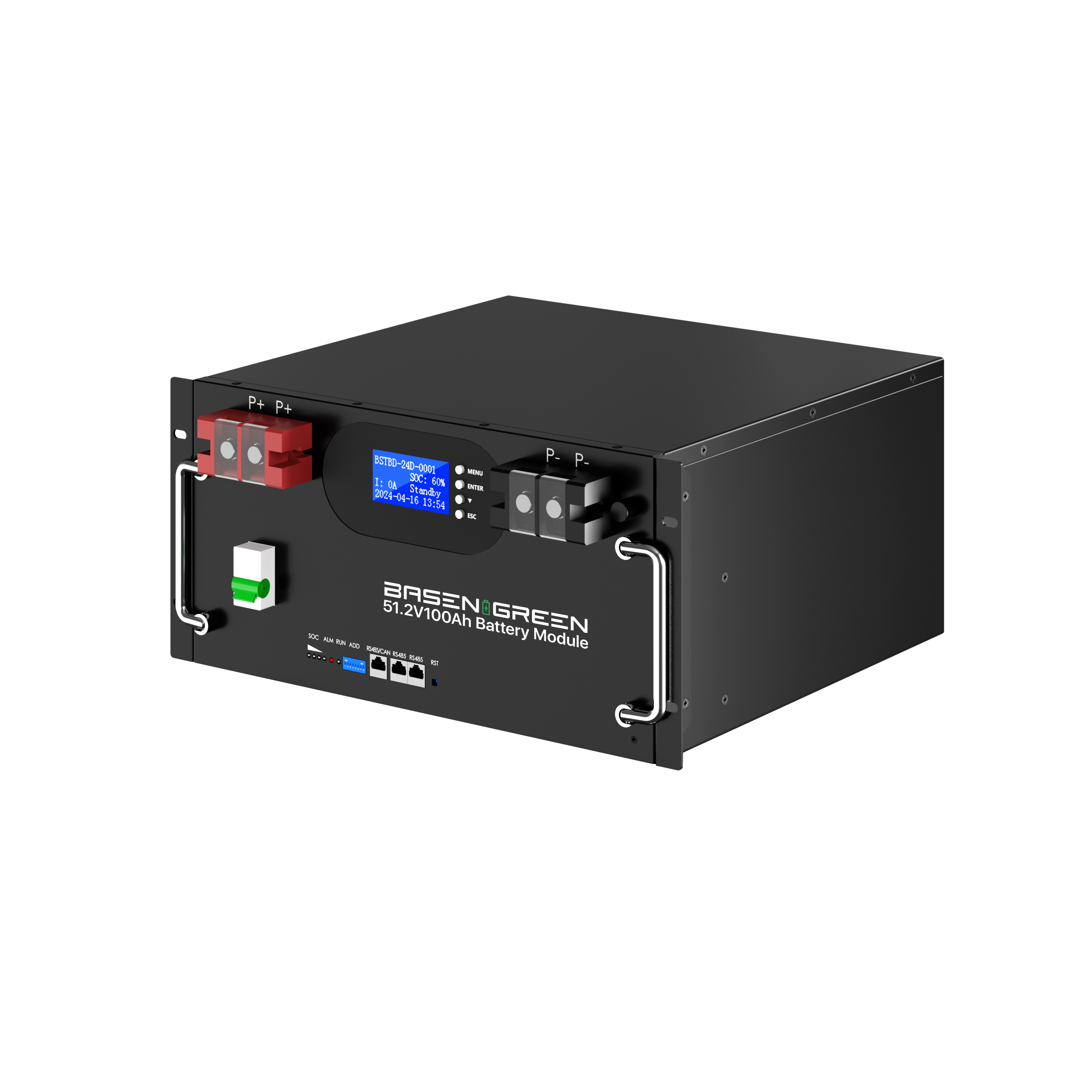
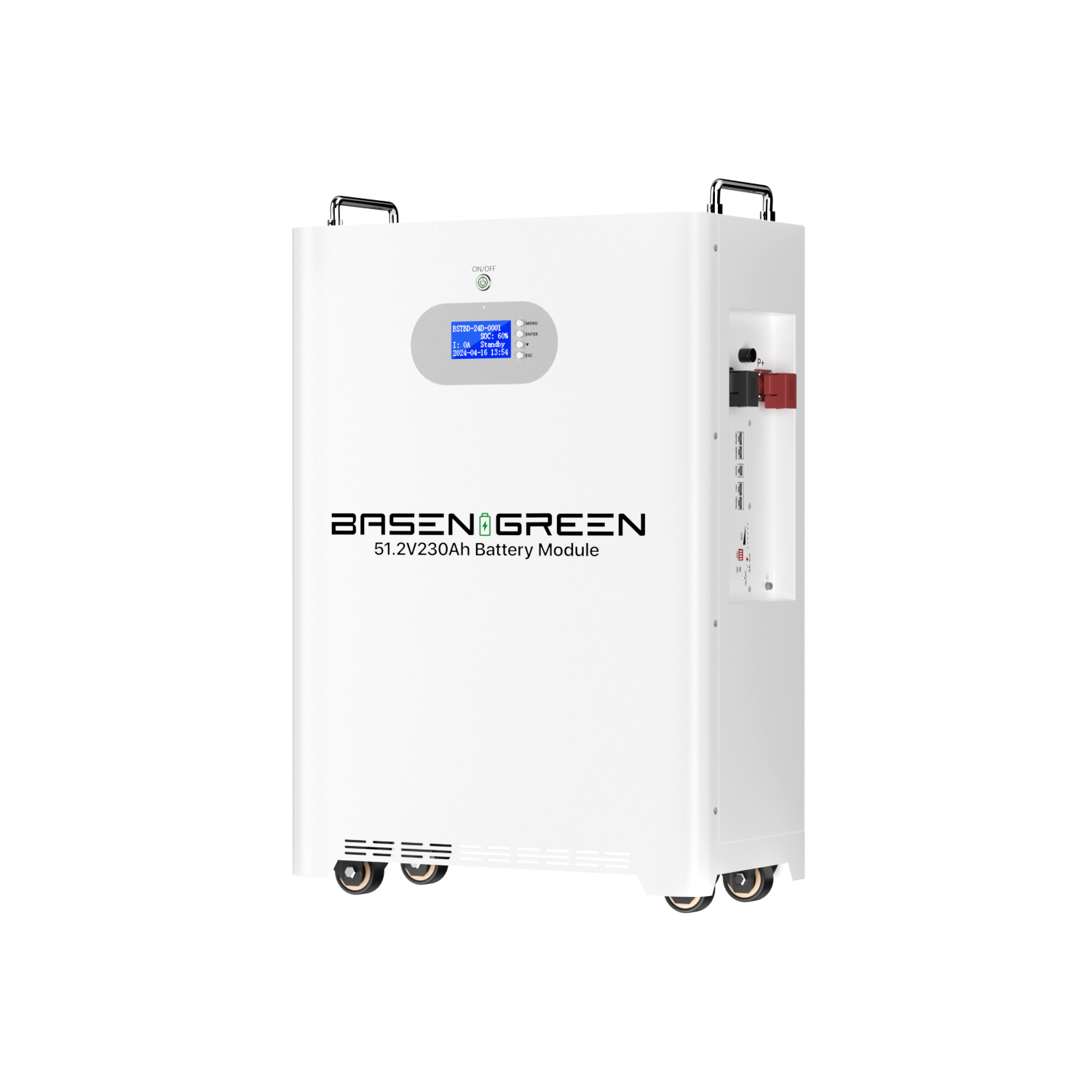
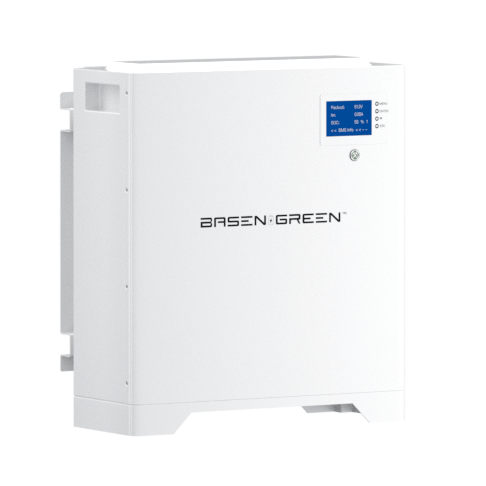
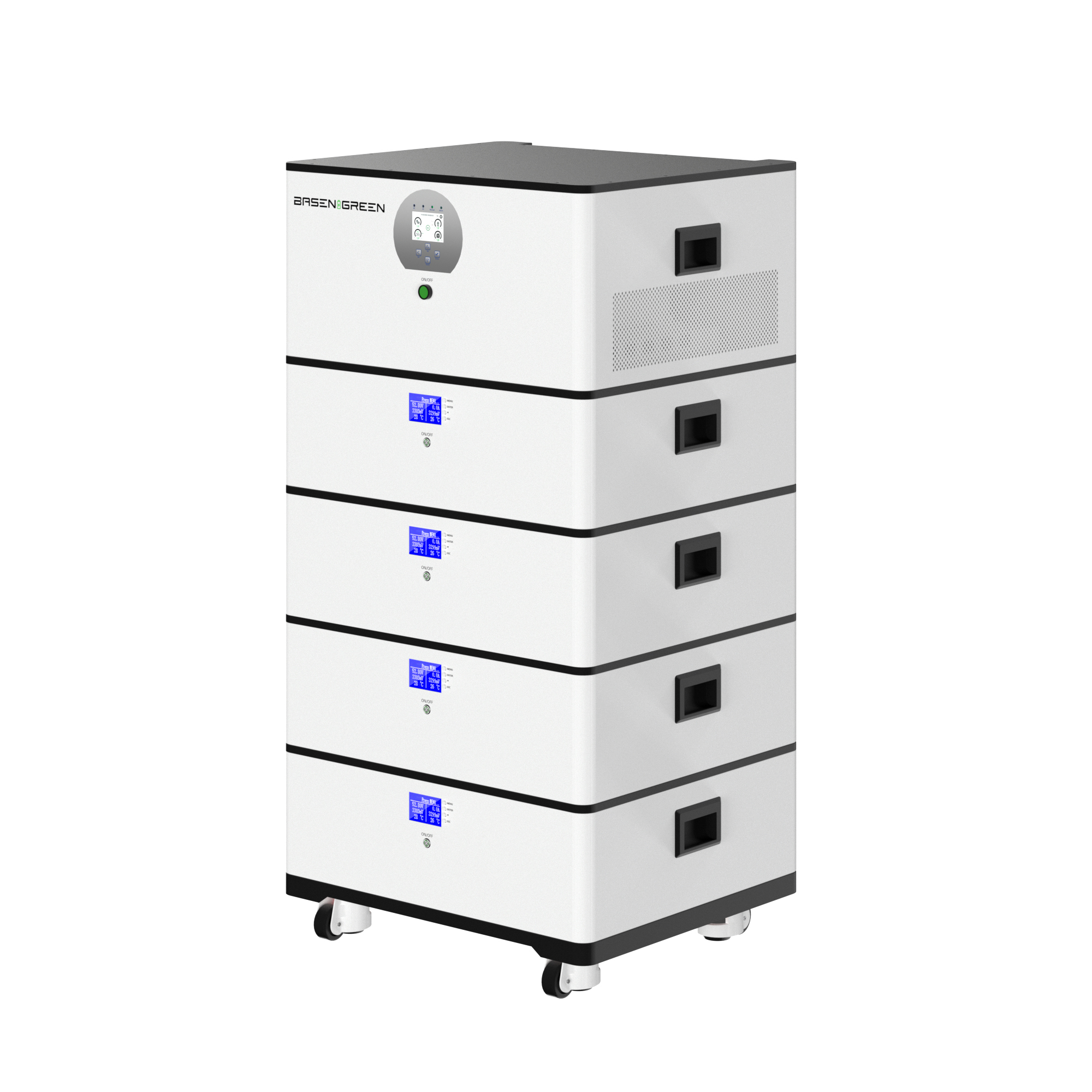

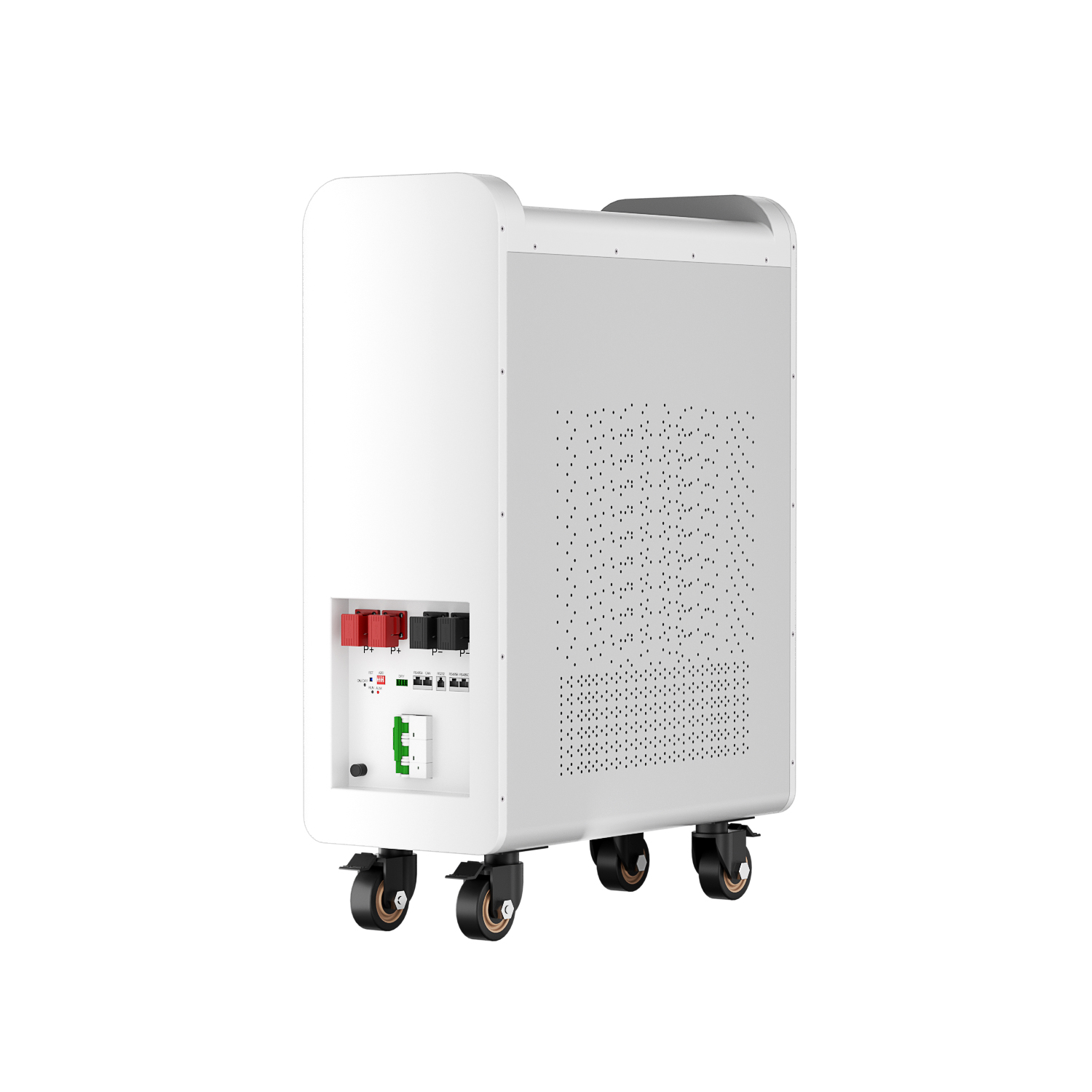
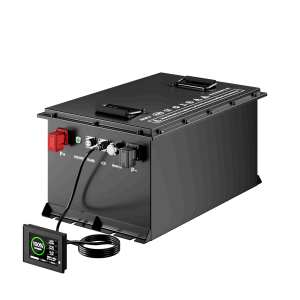
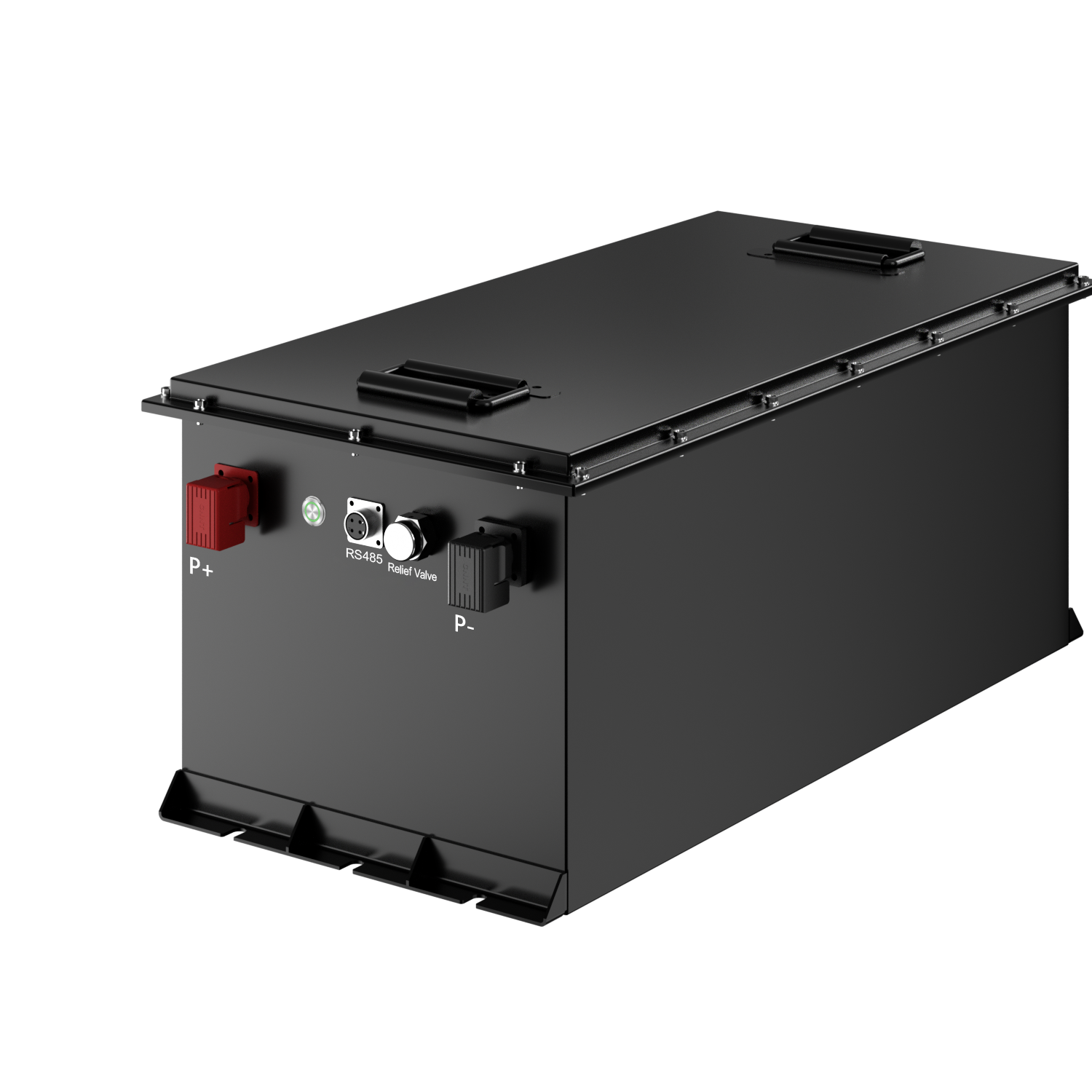
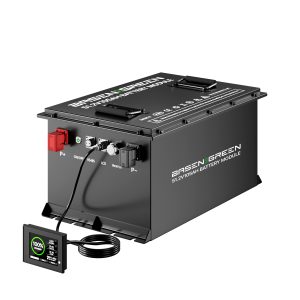
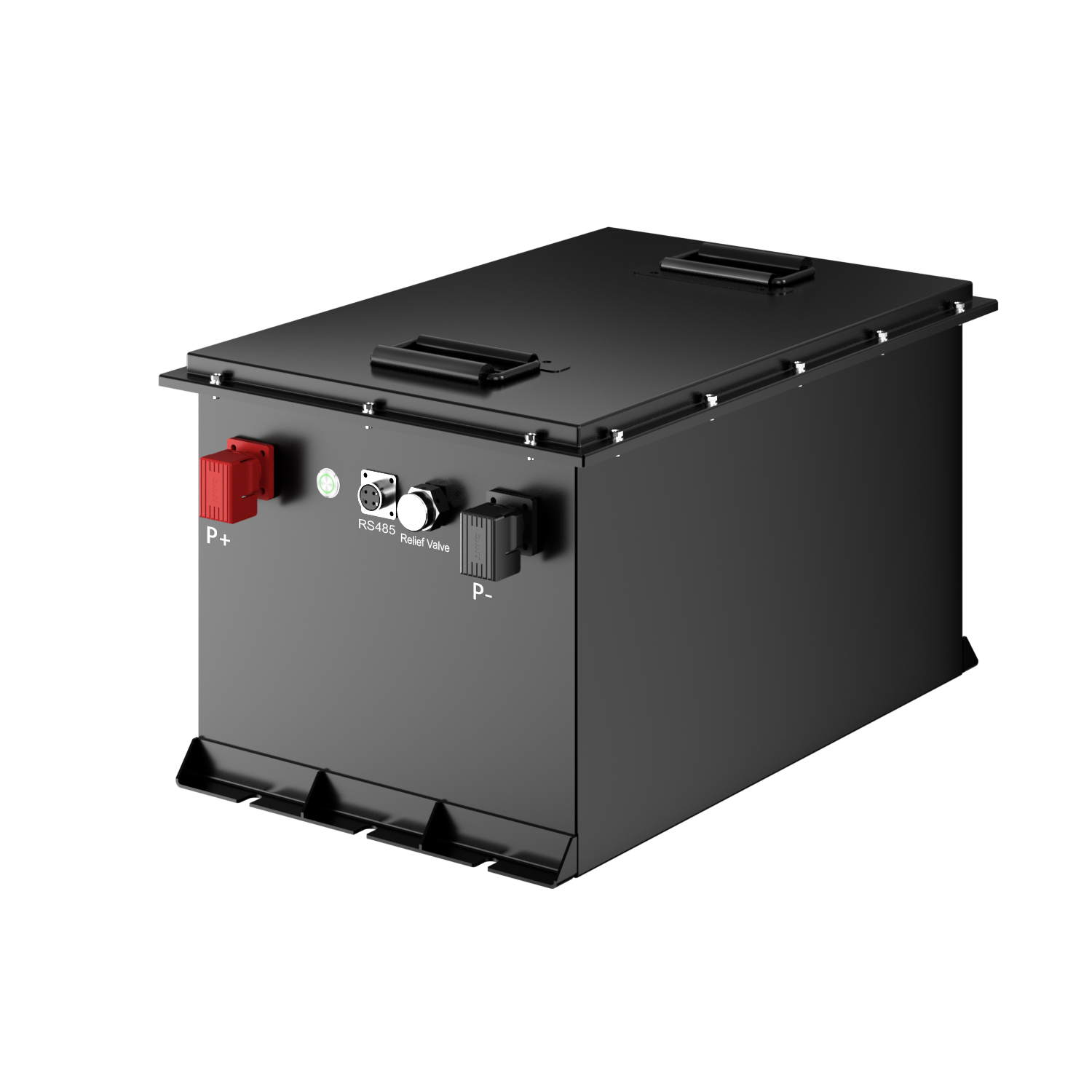
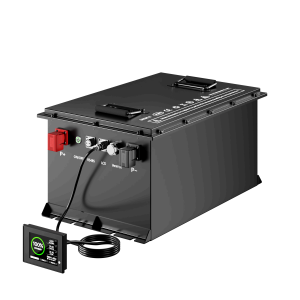
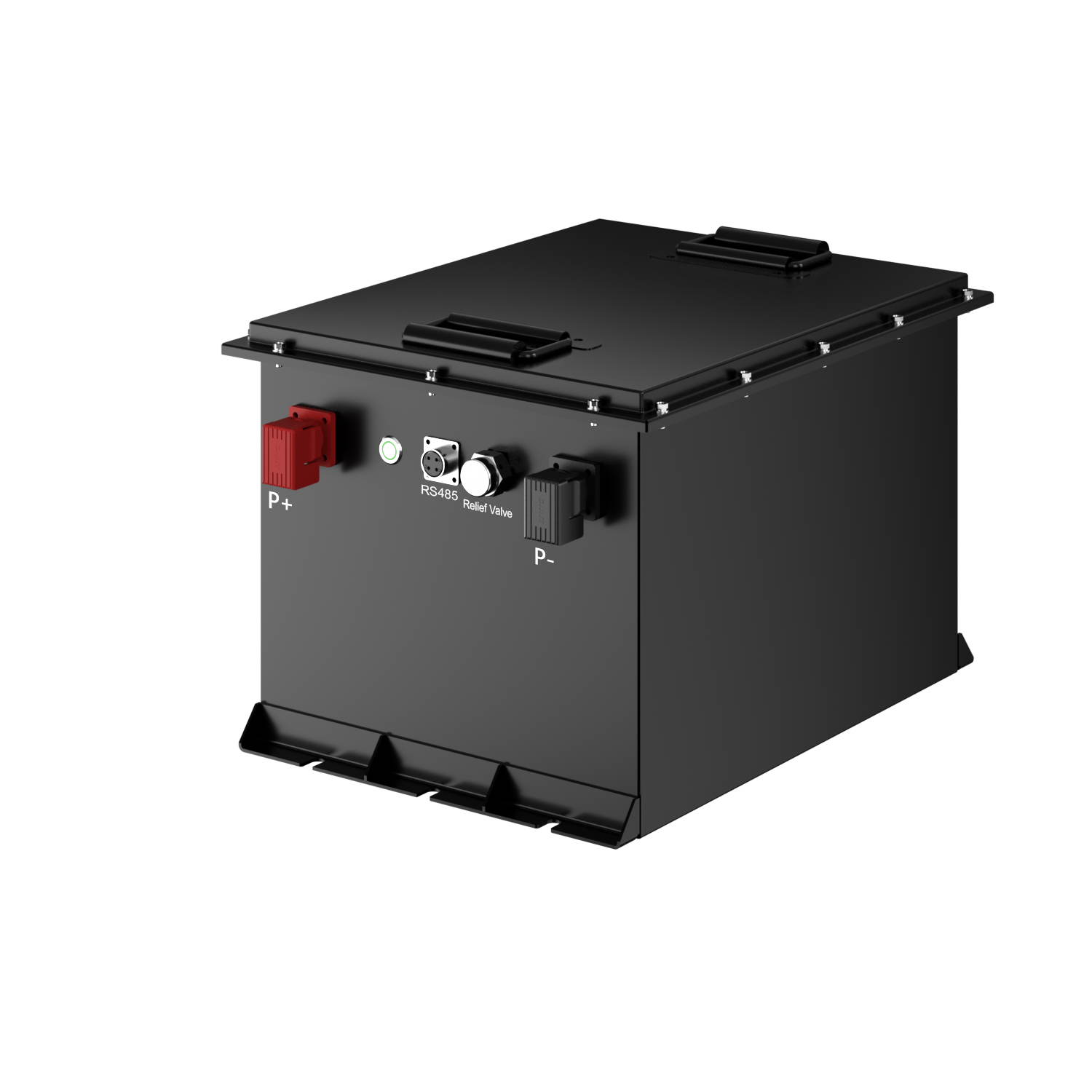
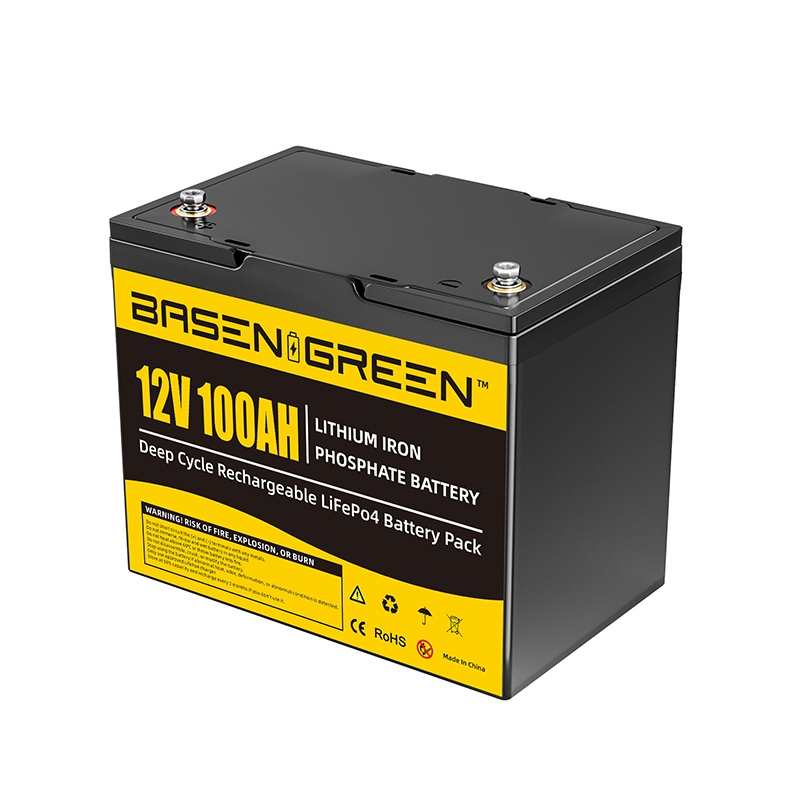

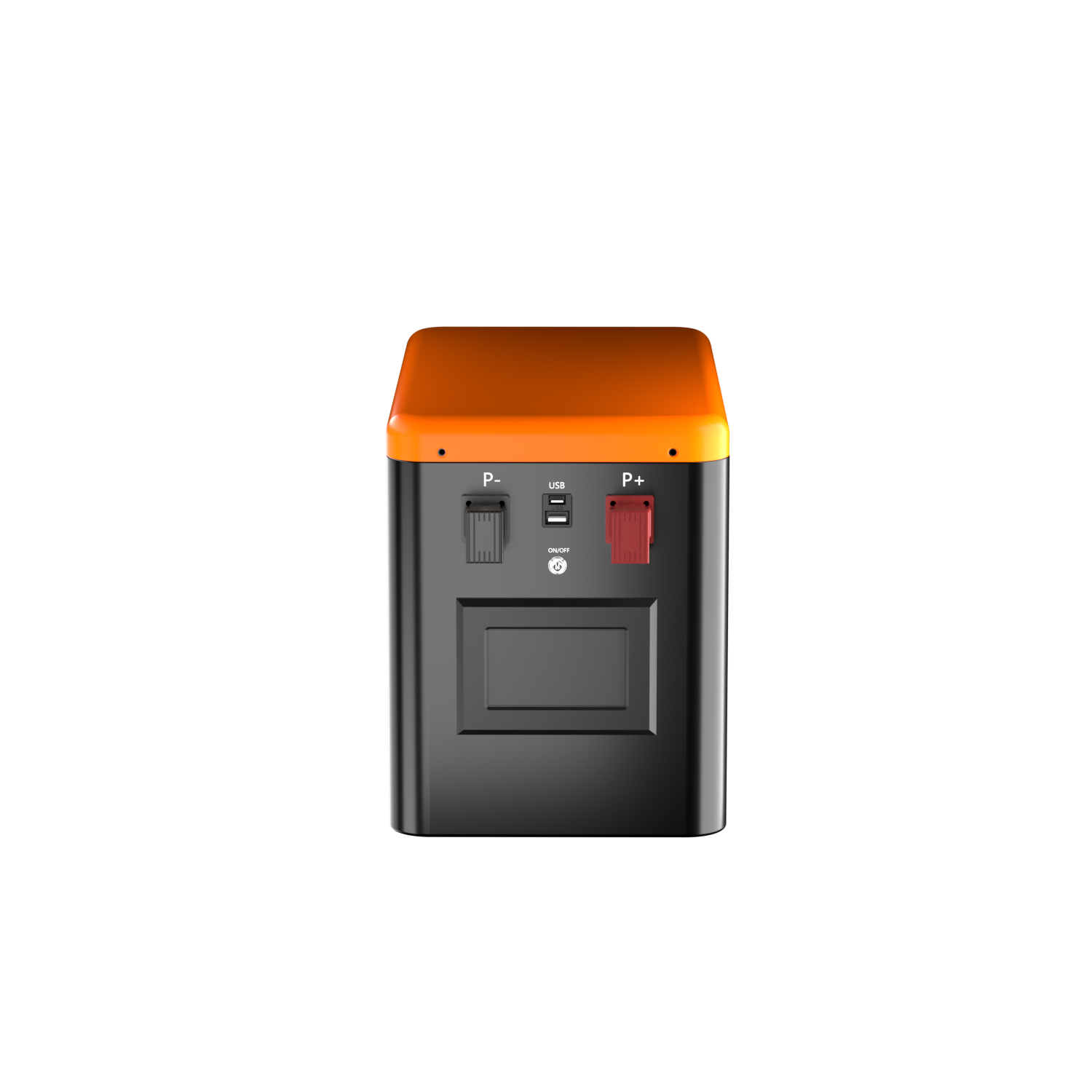
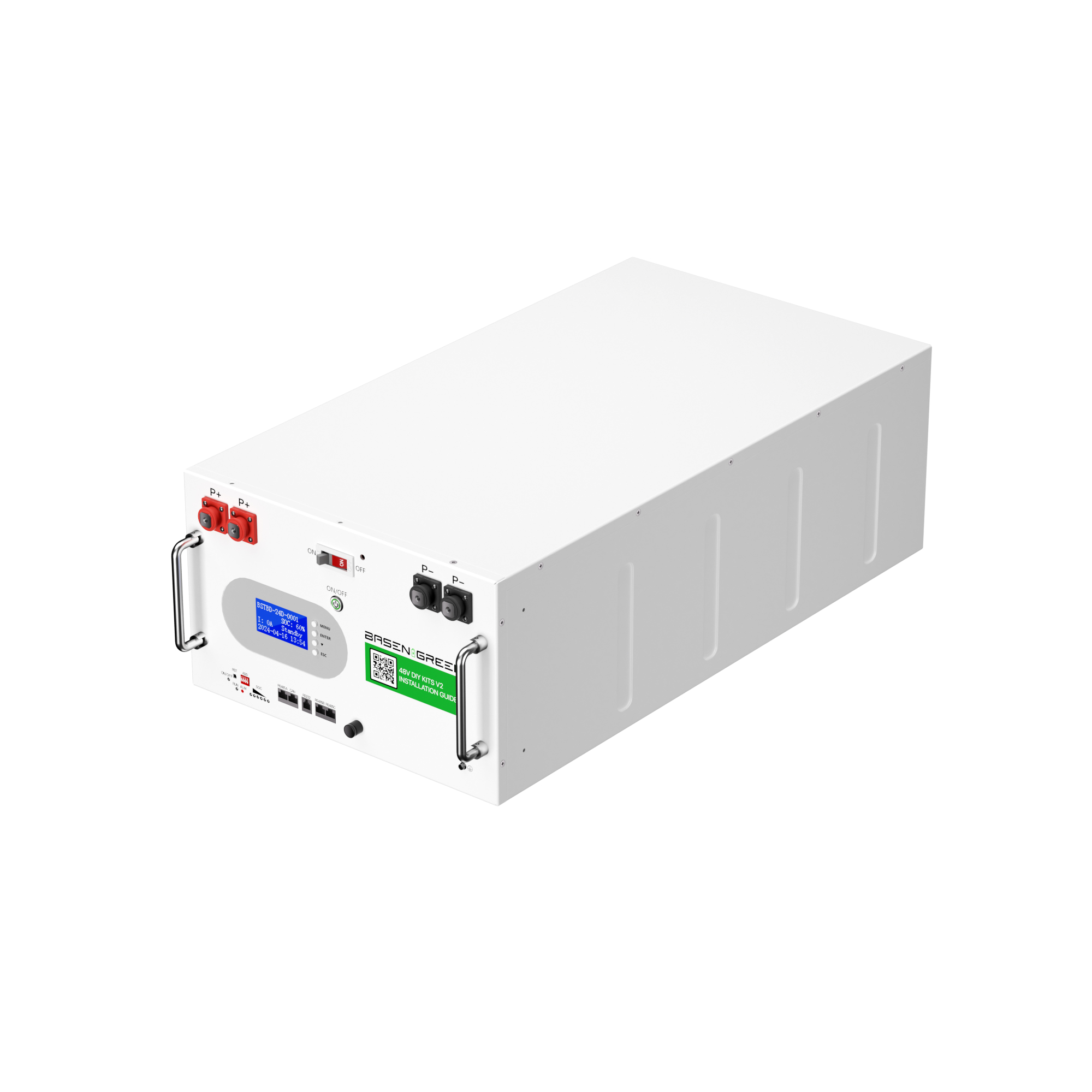
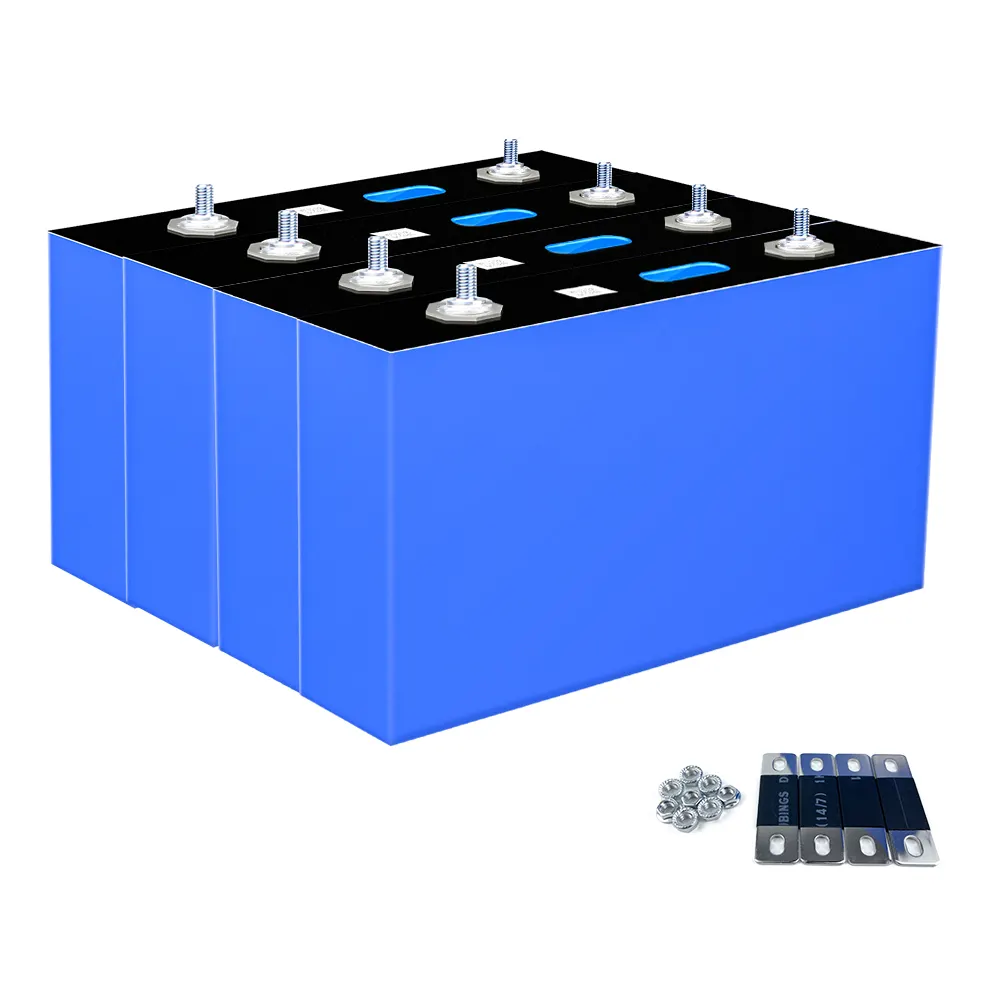
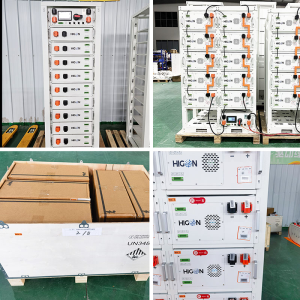
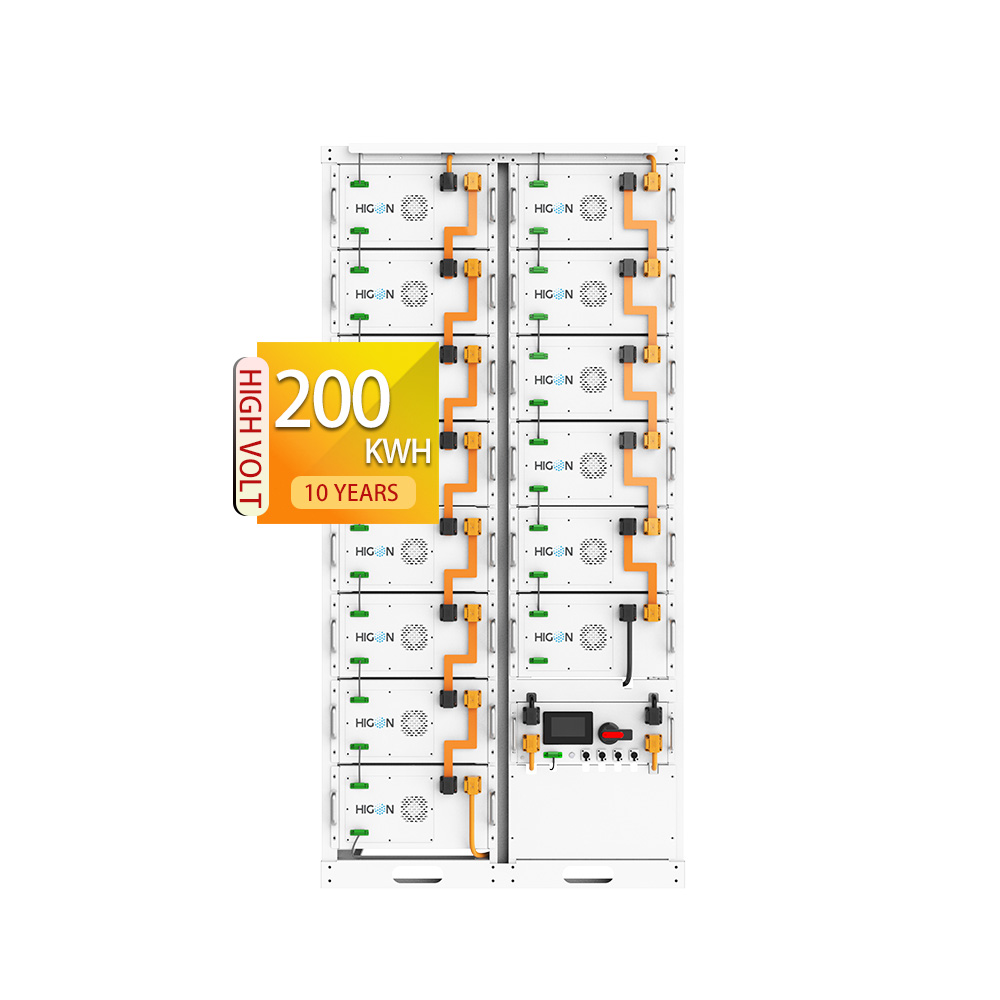
.png)